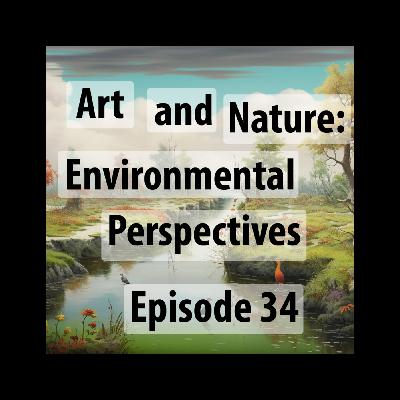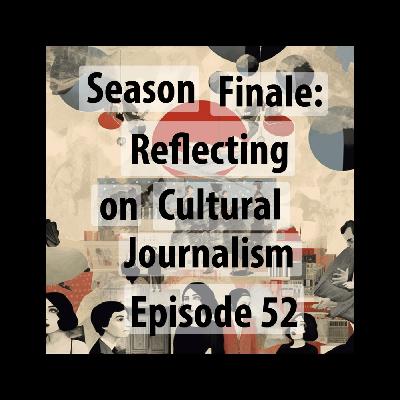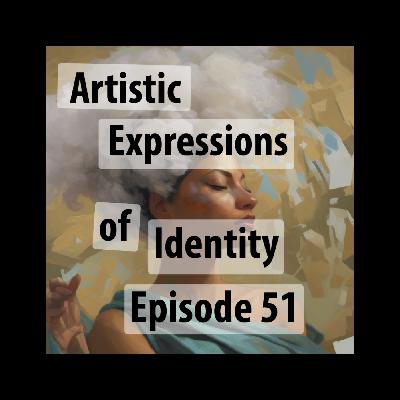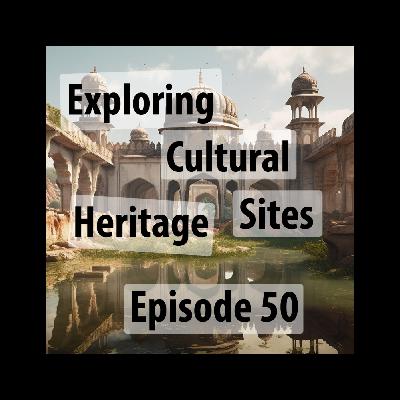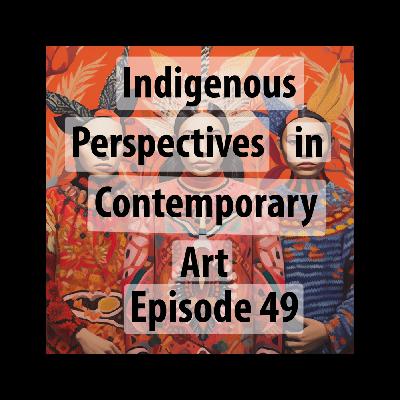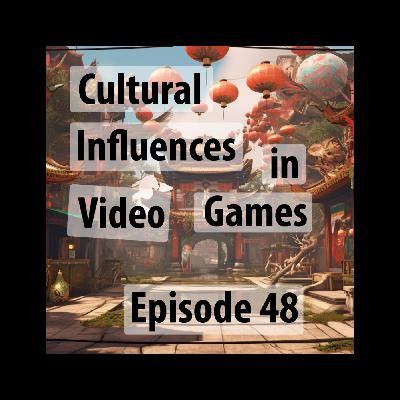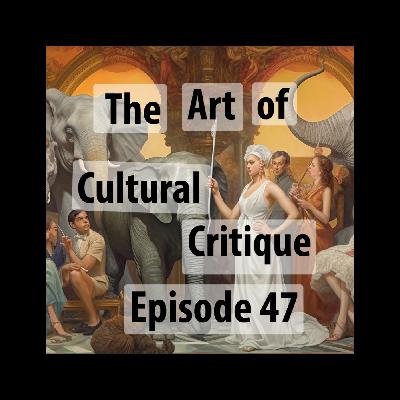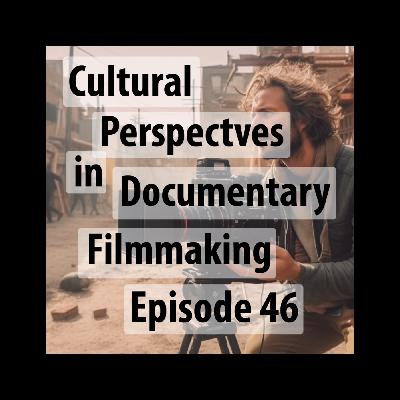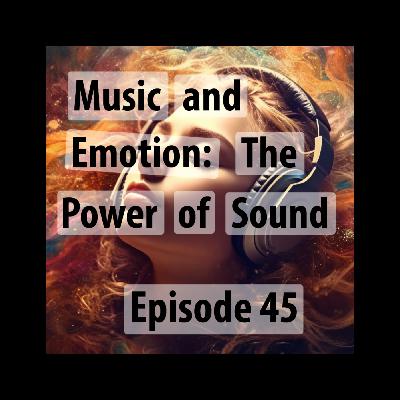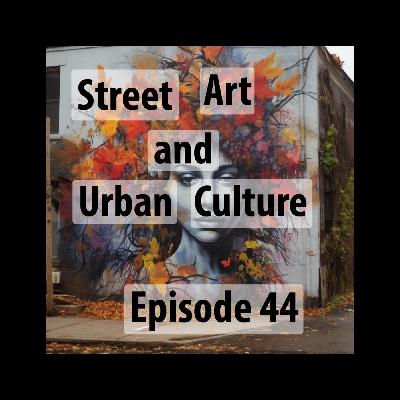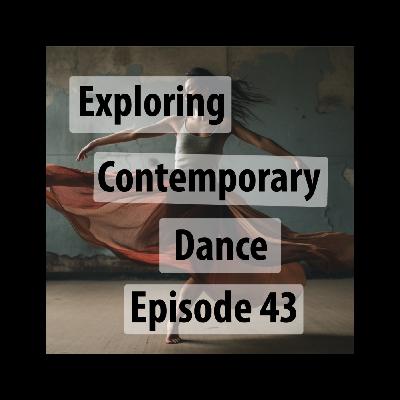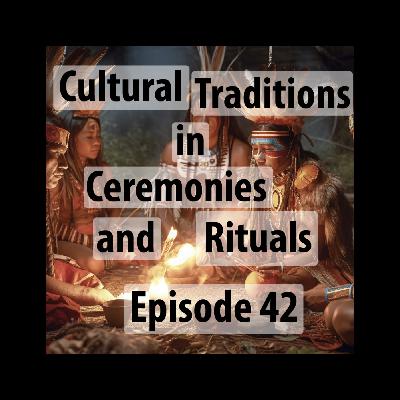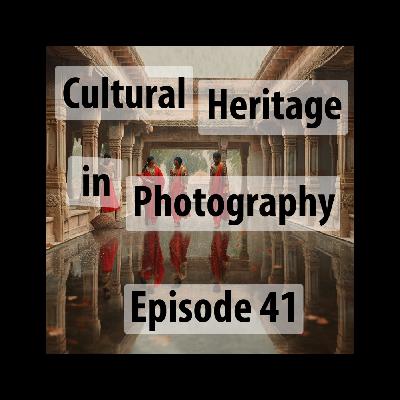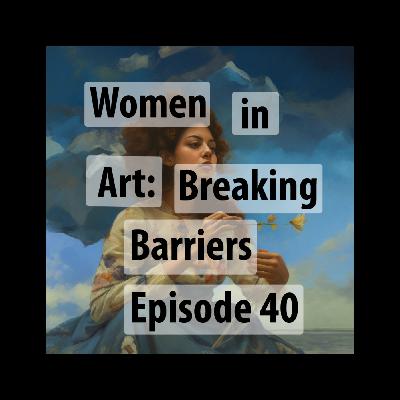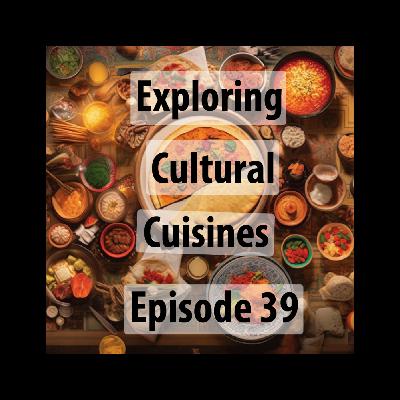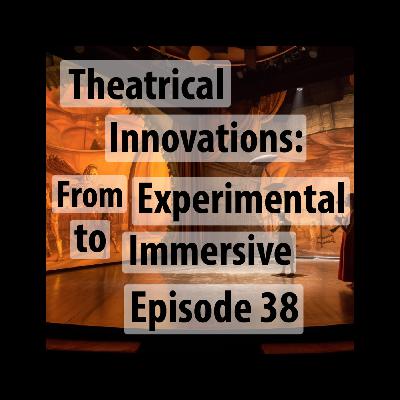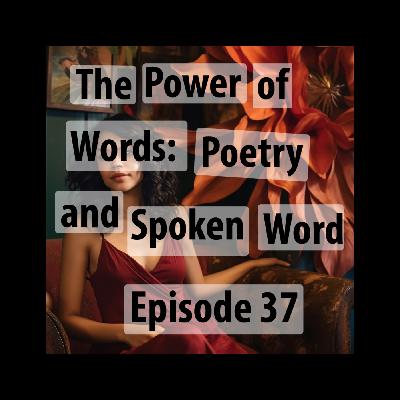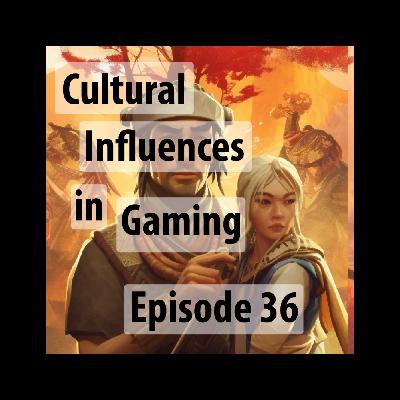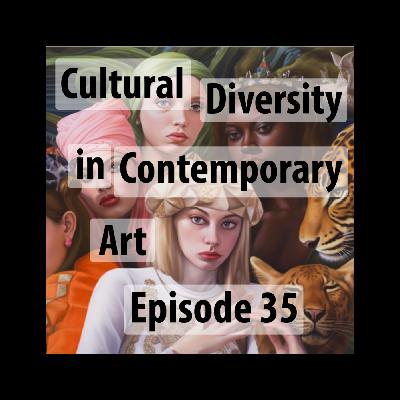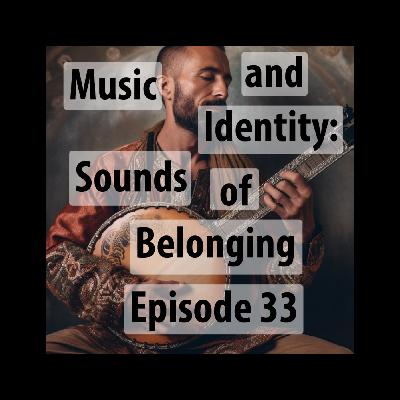Art and Nature: Environmental Perspectives
Description
Episode Notes: "Art and Nature: Environmental Perspectives"
In this thought-provoking episode, we explore the complex interplay between art, nature, and the human experience, challenging the romanticized and often simplistic views of nature commonly found in art history. We use historical insights, critical analysis, and a bold intellectual approach to unravel the layers of this multifaceted relationship.
Art as a Human Construct:
We begin by redefining art as fundamentally a human creation, a lens through which we interpret and interact with our surroundings. This segment challenges the traditional view of nature as an entity to be either idealized or mimicked, proposing instead a more introspective look at how art reflects our cultural and personal engagement with the natural world.
Historical Perspectives:
Tracing back to ancient civilizations, we explore how different cultures depicted and interacted with nature through art. From the mythological interpretations of the Egyptians to the rational observations of Greek philosophers and onto the scientific curiosities of Renaissance artists like Leonardo da Vinci and Albrecht Dürer, we see diverse perspectives that challenge monolithic views of nature in art.
Challenging Conventional Wisdom:
The episode critically examines how art has not always been in harmonious dialogue with nature. We discuss the impactful works of Francisco Goya, whose "Disasters of War" series casts a grim reality on the human impact on nature, challenging the idyllic and romantic portrayals that have long dominated the narrative.
A New Perspective: Art as Provocation:
Here, we pivot to view art not just as a representation or celebration of nature but as a provocateur and catalyst for change. We discuss contemporary artists like Ai Weiwei, whose works demand reevaluating our ecological footprint and challenge viewers to confront uncomfortable truths about environmental degradation.
Literary Contributions to Environmental Discourse:
Acknowledging the influence of literature, we delve into the writings of Henry David Thoreau and Rachel Carson. Their works, "Walden" and "Silent Spring," have significantly shaped public perception and awareness of our relationship with the environment, illustrating the power of words in the environmental movement.
Conclusion:
We conclude the episode by advocating for a more critical, nuanced, and comprehensive understanding of the relationship between art and nature. Moving beyond simplistic and romanticized narratives, we argue for a discourse that embraces complexity and provocation, fostering a more respectful and aware engagement with our natural surroundings.
This episode is not just an exploration but a call to action, urging listeners to reconsider the role of art in environmental discourse and to engage with the natural world more consciously and responsibly.

